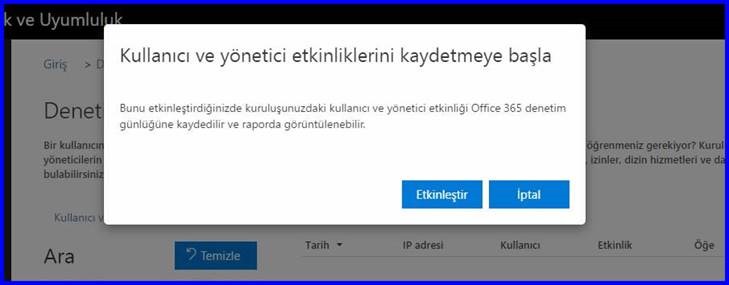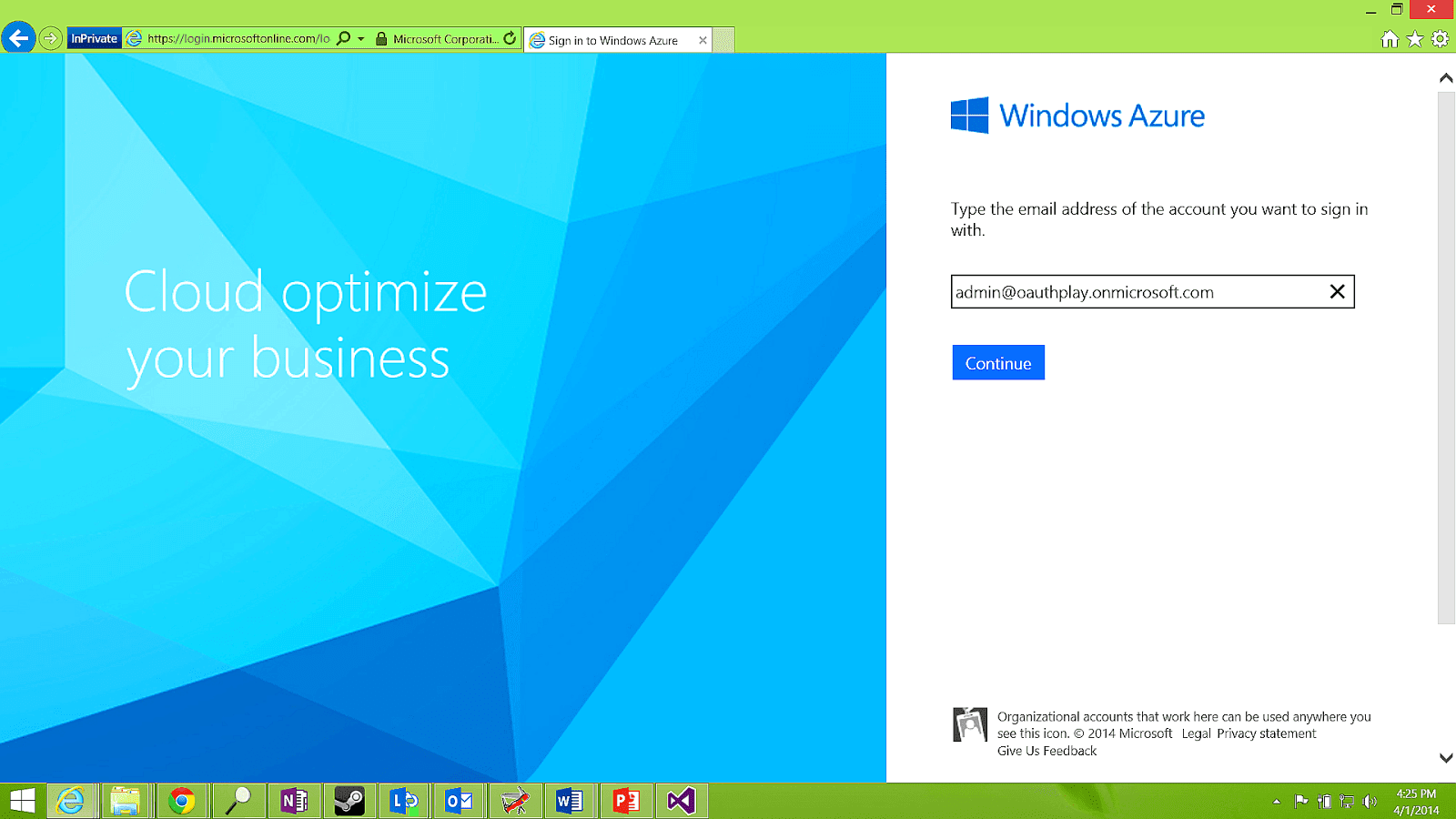
Greater security and control over who has access to your MyHub site, there's no need to check yet another software solution to see if a user has been deleted when they leave the business.The site administrator can add and delete users to your MyHub site directly from Azure Active Directory so you don't need to manage two user databases.Once set up the user can click on the Microsoft 365 log in button to access the site without the need to enter their email address and password every time.Your users can use the same Microsoft 365 email address and password (credentials) to access your MyHub site so they no longer need to remember another password.If you're a Microsoft 365 client you can take advantage of synchronizing your Azure Active Directory users with MyHub, this will deliver the following benefits: To audit everything from every mailbox, run the following command: (Get-Mailbox).Microsoft 365 Single Sign-On (SSO) Setup Steps Why Would I Use This Sign-on Option? To group mailboxes by what is enabled, run the following commands: $Group = $Mailboxes | Group-Object AuditEnabled,AuditDelegate | Select- Object Expression= $Group | Format-Table -AutoSize To get all mailboxes, run the following command: $Mailboxes = (Get-Mailbox) To enable the admin audit log, run the following command: Set-AdminAuditLogConfig -UnifiedAuditLogIngestionEnabled $true To open the credentials prompt for O365, run the following commands: $Session = New-PSSession -ConfigurationName Microsoft.Exchange - ConnectionUri - Credential $UserCredential -Authentication Basic -AllowRedirection Import-PSSession $Session In the Windows PowerShell Credential Request dialog box, type your O365 user name and password, and then click OK.Open Windows PowerShell on your local system, and then run the following command: $UserCredential = Get-Credential

Before mailbox auditing was turned on by default, you had to manually enable it for every user mailbox in your organization.

This means that certain actions performed by mailbox owners, delegates, and admins are automatically logged, and the corresponding mailbox audit records will be available when you search for them in the mailbox audit log.

Starting in January 2019, Microsoft turned on mailbox audit logging by default for all organizations.


 0 kommentar(er)
0 kommentar(er)
